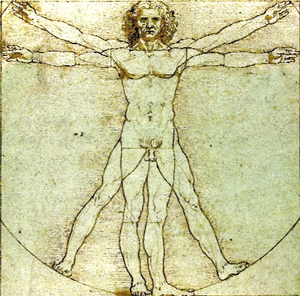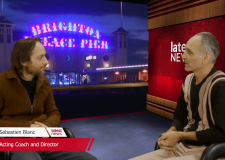DR Caroline Oprandi: Art, meet science

Science & technology at Portslade Aldridge Community Academy
Steve Jobs once said in an interview: “I always thought of myself as a humanities person as a kid, but I liked electronics. Then I read something … about the importance of people who could stand at the intersection of humanities and sciences, and I decided that’s what I wanted to do.” It made him the most successful innovator of our time.
Another figure who stood at this intersection was Leonardo da Vinci. An article from the BBC stated: “Leonardo’s true genius was not as an artist or a scientist, but as a combination of the two – an ‘artist-engineer’.”
Leonardo’s most famous paintings were Mona Lisa, The Vitruvian Man and The Last Supper. However, Leonardo’s ‘aerial screw’ drawing is credited as being the prototype to the helicopter. Leonardo was also the first to notice the similarity between the way a camera obscura worked and the functioning of the human eye. A camera obscura was one of the inventions that led to the development of the pinhole camera, and photography.
Who would believe that so small a space could contain the image of all the universe?

In the 16th century, Leonardo gave a clear description in his notebooks of a camera obscura: “When the images of illuminated objects pass through a small round hole into a very dark room … you will see on paper all those objects in their natural shapes and colours. Who would believe that so small a space could contain the image of all the universe?”.
It’s wonderful to know that here in Portslade, housed in Foredown Tower, the faculty have their very own camera obscura. PACA Adult Learning are kindly allowing us access to their facilities. This nicely ties in with the astronomy project that we have under way (which includes the local Mile Oak Primary School who are looking at having an observatory built on top of a disused double decker service bus – but more about that next time!).
Follow me: @CarolineOprandi




















